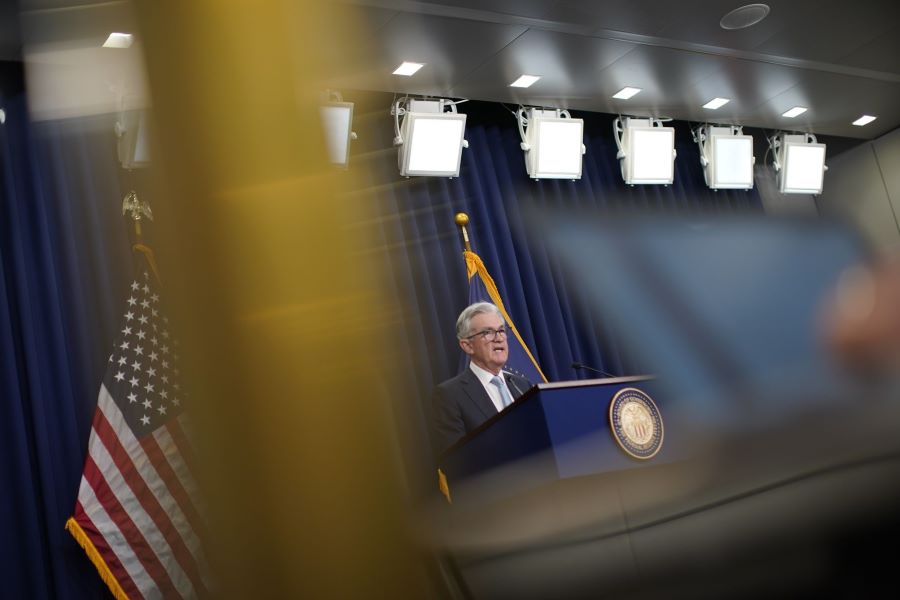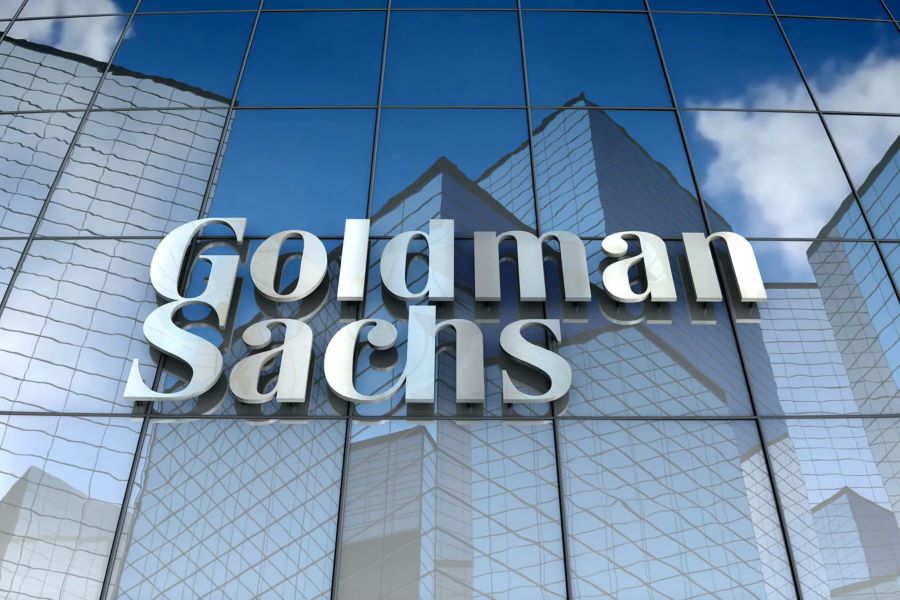Goldman Sachs economists have revised their projection for the Federal Reserve’s interest rate cut, now anticipating the first reduction in September rather than July. This adjustment aligns the bank’s outlook with broader market expectations, reflecting the challenges in forecasting economic trends amidst unpredictable conditions.
Speeches Influence Forecast
In a note released Friday, Goldman Sachs’ economic team, led by Jan Hatzius, highlighted recent speeches by Federal Reserve officials. According to The New York Times report, these speeches suggest that a July rate cut would necessitate both a significant slowdown in inflation and a notable softening in the labor market.
“This does not look like the most likely outcome,” Hatzius wrote. He pointed out that the number of Americans applying for unemployment benefits fell last week and remains historically low. This robust labor market data makes a July cut less plausible.

Fed Rate Forecast Appears Ideal for Banks
In the intricate world of banking, the quest for the ideal interest rate scenario resembles the fabled tale of Goldilocks: not too hot, not too cold.
Fed Officials’ Stance
The shift in Goldman Sachs’ forecast should come as no surprise. This week, Fed Governor Christopher Waller effectively ruled out the possibility of a summer rate cut. Similarly, Cleveland Fed President Loretta Mester also dismissed the likelihood of a rate cut this summer. They made these statements in their respective speeches. Their remarks indicated that current economic conditions do not justify such a move.
Market Expectations
Goldman’s revised September prediction now matches market expectations. The CME FedWatch Tool indicates that prices of interest-rate futures suggest a 52.2% chance of a rate cut in September. In contrast, there is only a 12% chance of a rate cut in July. The bank also maintained its forecast for two rate cuts in 2024, with the second reduction expected in December.
Ongoing Revisions Reflect Economic Complexity
Determining the timing of the initial rate cut and the subsequent pace of reductions has been particularly challenging due to evolving economic conditions. Last year, Hatzius anticipated that rate cuts wouldn’t begin until December 2023, given the economy’s strength. However, he soon revised this outlook to three cuts in 2024.
In January, Hatzius’s forecast was in line with broader market enthusiasm for five rate cuts starting in March, after the Fed signaled that rates had peaked. Since then, his team has repeatedly adjusted the expected pace of cuts.
Internal Divergence at Goldman Sachs
The uncertainty in forecasts isn’t unique to Hatzius. Many economists have had to recalibrate their views as inflation remains above the Fed’s 2% target and the labor market and economic growth remain robust, complicating the case for rate cuts.
Within Goldman Sachs, differing perspectives exist. CEO David Solomon recently stated that he doesn’t foresee any rate cuts this year, citing a resilient economy and persistent inflation during an event. At a conference, President John Waldron challenged Hatzius’s previous view. He questioned whether the Fed can move as swiftly as the bank’s economists had anticipated.
Cautious Optimism
Hatzius, exercising caution in his Friday note, wrote, “we continue to see rate cuts as optional, which lessens the urgency.” In the unpredictable economic landscape, confidently predicting trends remains a formidable challenge for economists.
Embark on a year-long journey with the WSJ Print Edition, delivered right to your home or office every weekday and Saturday. As a bonus, enjoy round-the-clock online access to WSJ, granting you complete entry to digital news, refreshed content, live WSJ TV, audio articles, and a vast news archive. Don’t miss out – subscribe today and secure an impressive 30% discount.

